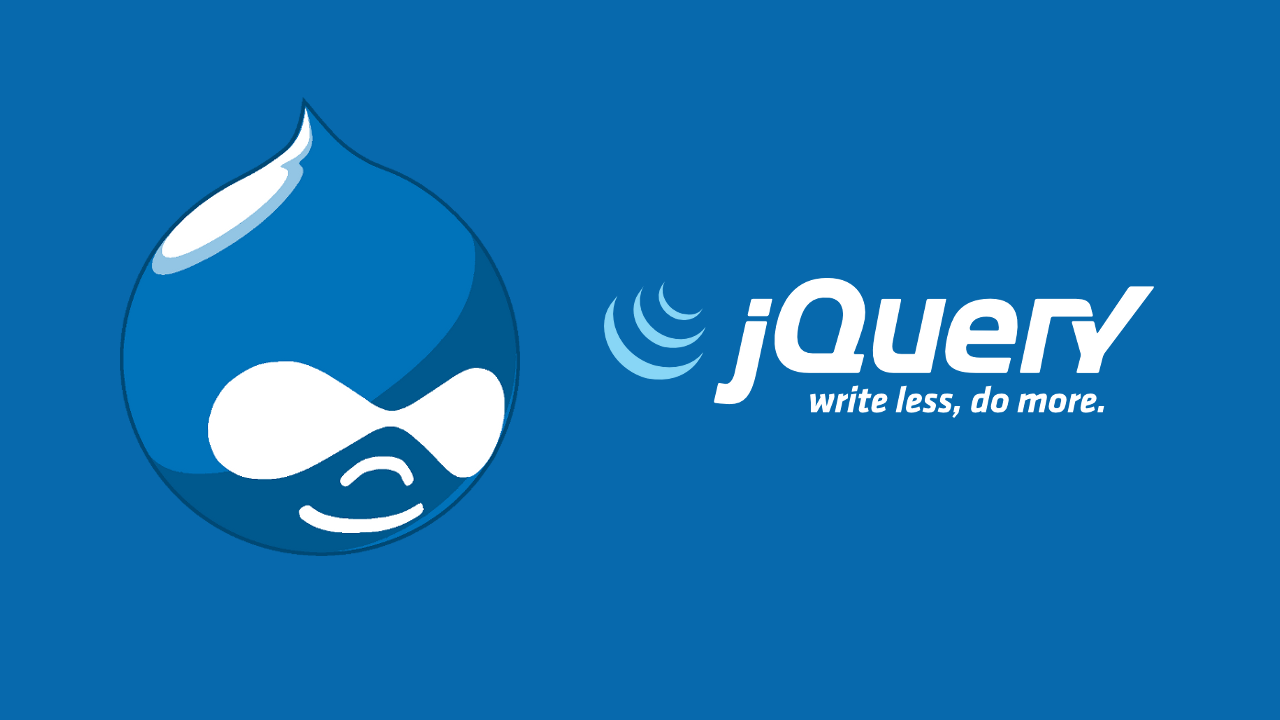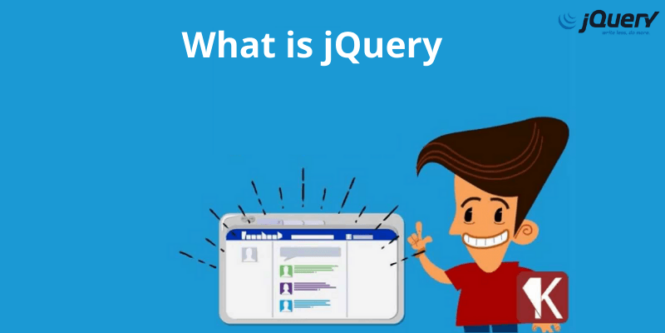

The Document Object Model (DOM) is the interface between JavaScript (including jQuery) and the HTML in a browser. JQuery’s main function is to use the DOM to link with HTML components in the browser. It has several built-in functionalities that allow you to complete various activities fast and efficiently. JQuery is a compact, quick JavaScript library packaged in a single.js file. JavaScript is an independent programming language, whereas jQuery is a collection of JavaScript code (not its own language). As a consequence, including JavaScript in your website is straightforward. Programmers may use a single line of code to invoke this function. JQuery is a library that covers several common activities that require a lot of JavaScript code in different methods. So when we need to write less and get more done, it’s light and convenient. JQuery is an open-source JavaScript library. The modular nature of the jQuery framework allows developers to create complex dynamic web pages and apps.

Developers may use this to construct abstractions for low-level interaction and animation, complex effects, and themeable widgets at a high level. It allows developers to create plug-ins that operate on top of the JavaScript library. The syntax of jQuery makes document navigation, DOM component selection, animation creation, event handling, and Ajax app development easier. As a result, it is one of the most popular JavaScript libraries. It’s also free, open-source software that adheres to the MIT License. It facilitates the readability and the manipulation of HTML DOM elements, event handling, animations, and AJAX calls. So, let’s discuss in-depth the use of JQuery and how it can be useful to developers.

In simpler terms, it is a feature-rich library provided by Javascript. JQuery provides developers with the ability to create client-side web pages easily. With the technological boom happening and the use of websites being a prerequisite for any business, big or small, the demand for web development is on the rise.


 0 kommentar(er)
0 kommentar(er)
